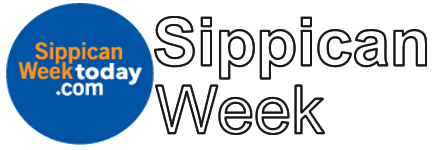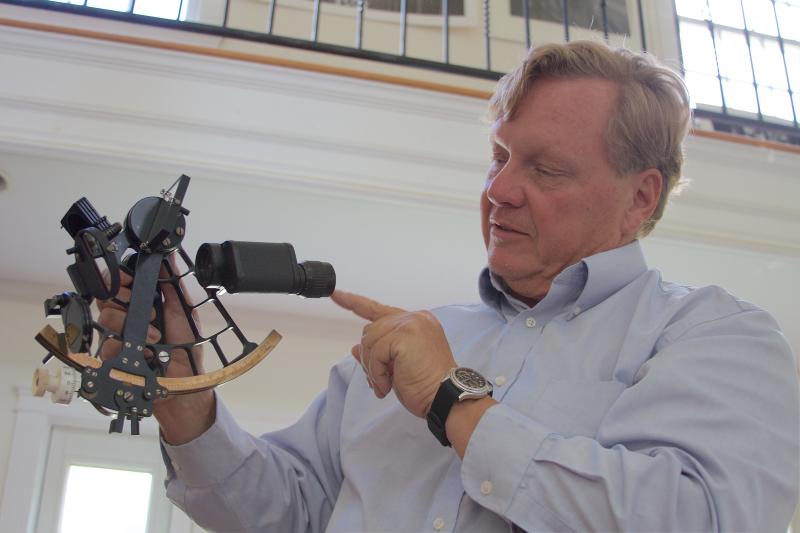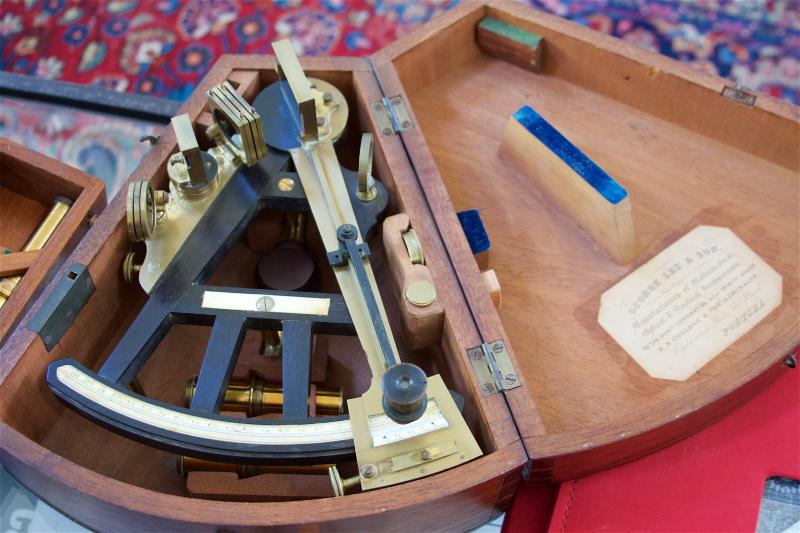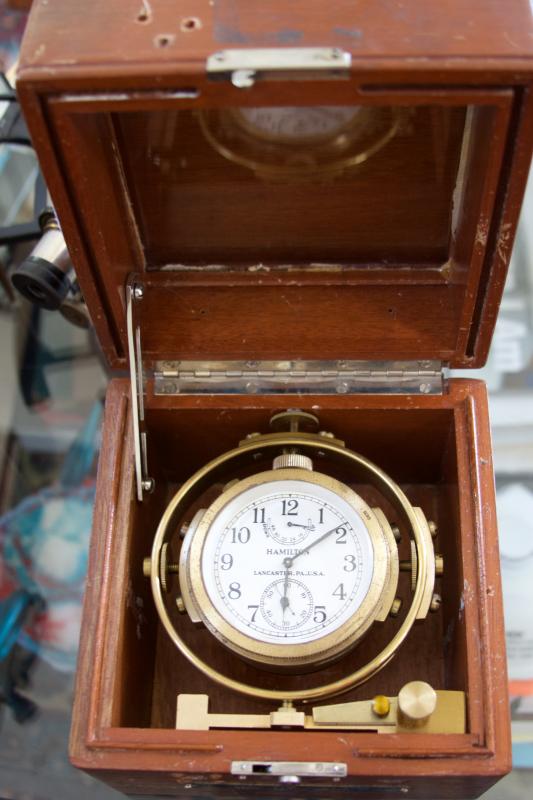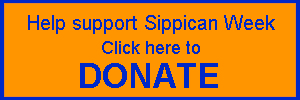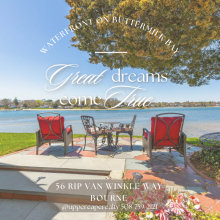Marion sailor promotes ancient navigation skills using the skies
People have become so dependent on GPS that if all the satellites shut down tomorrow no doubt some people would never find their way home. That may go double or triple for sailors.
Navigating by the sun, moon and stars may sound romantic, but it’s a millennia old skill that has been anchored by many seafarers. And that, says Marion resident Ron Wisner, is a dangerous thing.
“It’s taken us all that time to understand the heavens and to develop what is now a very elegant navigational methodology,” said Wisner. “That's a long heritage to lose in one generation because they can look at a video screen.”
Wisner, who lives and sails with his wife and daughter, comes from a long line of sailors dating back to the mid-1800s, and from childhood his grandfather taught him to sail using the sky.
“It seems like I’ve always known how,” he said.
With “college and career and so forth” Wisner, now a consultant in Washington D.C., said he stopped using celestial navigation for a while, but decided to brush up on it a few years ago for use on his Herreshoff and Columbia 50 sailing boats.
A member of the Beverly Yacht Club, Wisner put the navigational technique to “practical use” in the 2009 Marion to Bermuda Cruising Yacht Race. Wisner said it’s the only boat race he knows of that has a special class for celestial navigation, and that year was a doozy.
The forecast was dismal with a full gale and no horizon or celestial bodies from which to take a sight for three days. Using the information they did have, they managed to stay on course and were only about 10 miles from where they needed to be when the sky cleared.
Such risks are part of celestial navigation, but, in some ways, they’re also part of the draw. It takes more work to navigate the ocean without GPS. Instead of a screen, celestial navigation relies on angles, and the more one gets – between celestial bodies and the horizon – the more accurate a reading. It takes calculations, studying charts and an almanac, and knowing about stars, for starters. A sextant is also mandatory.
Wisner has a small collection of these triangular instruments that measure the angles between the horizon and a celestial body using an eyepiece, two mirrors and an arc. They also look like they could double as a tool for medieval optometry on the go.
Once Wisner’s sextants were dusted off and his navigational acumen strengthened, he became a champion for celestial navigation. Before the last Bermuda race, he said, “I promoted the heck out of it.”
The biennial race went from six boats in the celestial class in 2013, when Wisner won, to 15 boats last year.
He’s also begun to teach the skill to other sailors, first at the Beverly Yacht Club and now across the northeast. As with a compass, it pays to have more than one way to get from point A to B, said Wisner.
“As with all redundancies, not having a navigational redundancy seems like a very bad choice,” he said.
That’s something even the U.S. Navy has come to realize. For about 10 years they didn’t teach celestial navigation at all, but the threat of malfunctions and other countries tampering with GPS satellites has brought the practice back into fashion.
Wisner hopes the same will happen for recreational sailing.
“It’s been my little mission to keep it alive,” he said. “I think it's a worthy cause. As sailors I think we all feel the need to pass on our skills.”
Anyone interested in learning from Wisner can contact the Beverly Yacht Club for more information.
